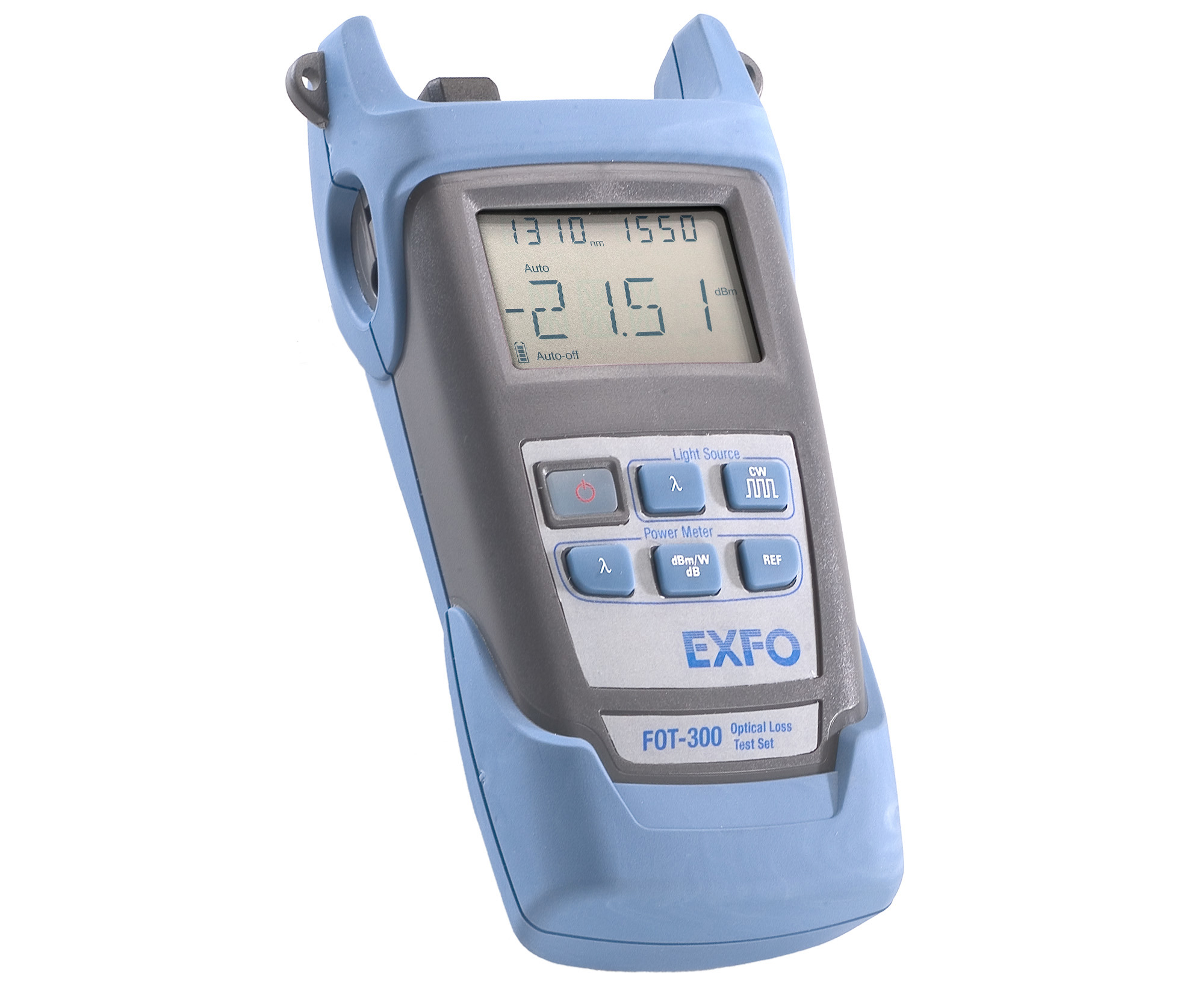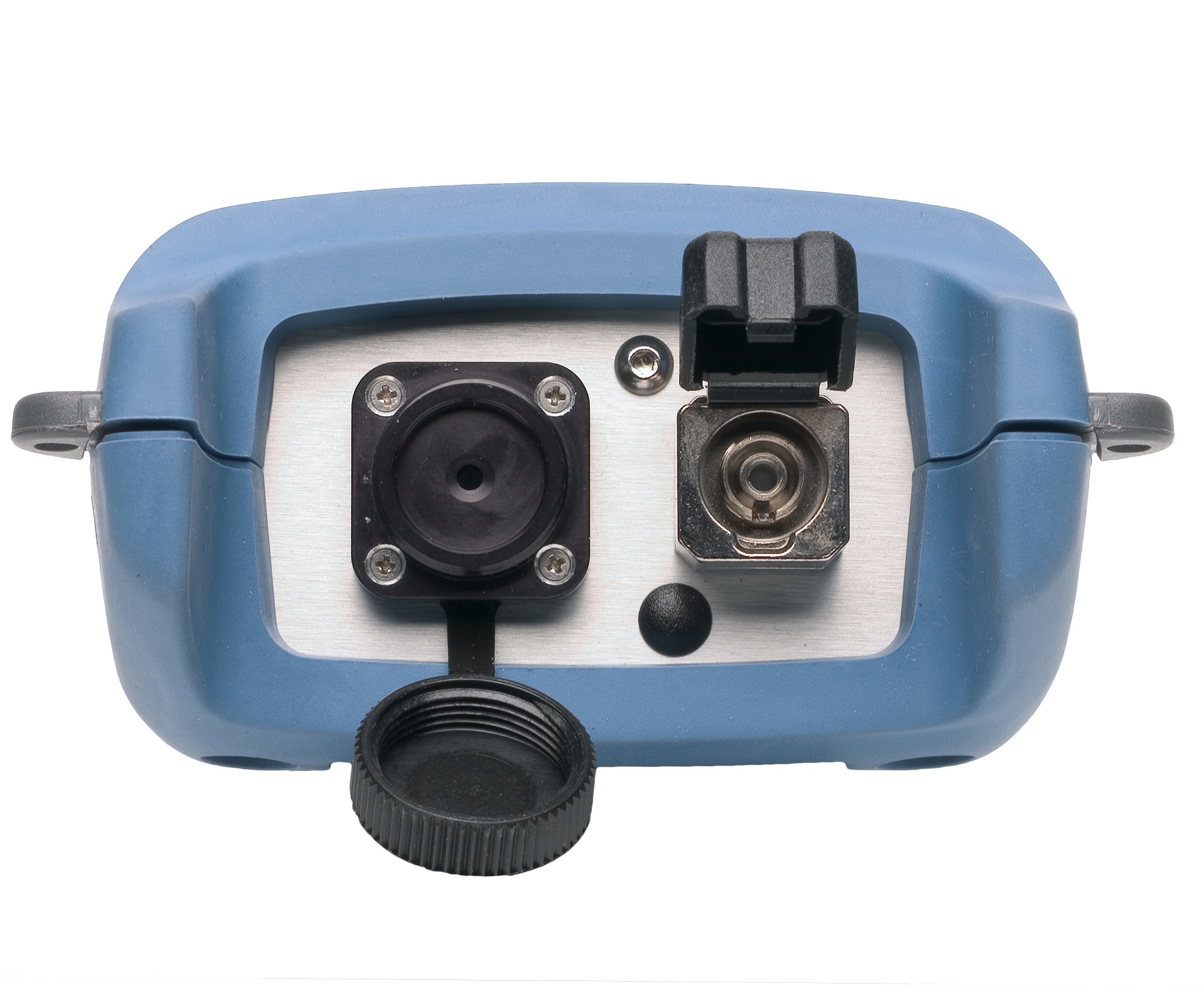

Key features
Awards and reviews
Innovation and leadership have always been front and center at EXFO. Each year, we strive to develop solutions that will ensure superior customer experience in smarter, modern networks. Being recognized as such is always a great honor. Learn more about our awards:
Description
The FOT-300 combines a source port and a power meter. It offers up to three singlemode or two multimode sources on a single port and transmits with a wavelength-identification digital encrypted protocol, so that any compatible unit—such as the FPM-300 Power Meter or another FOT-300 Optical Loss Test Set—can automatically use the proper calibration parameters. This reduces the need for communication between the two technicians and decreases the potential for error.
An FTTx test solution
This product is part of EXFO's series of FTTx optical test products. It allows for the testing of passive optical networks (PONs) at the three main wavelengths (1310, 1490 and 1550 nm) used in fiber-to-the-home (FTTH) and fiber-to-the-premises (FTTP) networks and complies with the ITU-T G.983 and G.984 Recommendation series and the IEEE 802.3ah standard.
Distant referencing
Signal encrypting can also give the receiving end information on the power to be used as reference, helping ensure efficient referencing, even when the two units are far apart.
No offset nulling
Thanks to its unique design, the FOT-300 Optical Loss Test Set reduces measurement time in typical measurement situations, as the need for an offset nulling is eliminated.
Ähnliche Produkte

MaxTester 945 - OLTS für Telekommunikationsnetze
Erster multifunktionaler optischer Dämpfungsmessplatz (OLTS) mit Tablet-ähnlichem Design zur Messung von Einfügedämpfung, optischer Rückflussdämpfung (ORL) und Faserlänge bei 2 Wellenlängen in 5 Sekunden mit vollautomatischer bidirektionaler FasTesT™ Analyse.

FLS-240 Pocket Pal - Visual Fault Locator
Bedienerfreundliche VFL-Rotlichtquelle zur Identifizierung von Faserbrüchen, Faserbiegungen, defekten Steckverbindern, Spleißen und anderen Ursachen für Signaldämpfungen.

